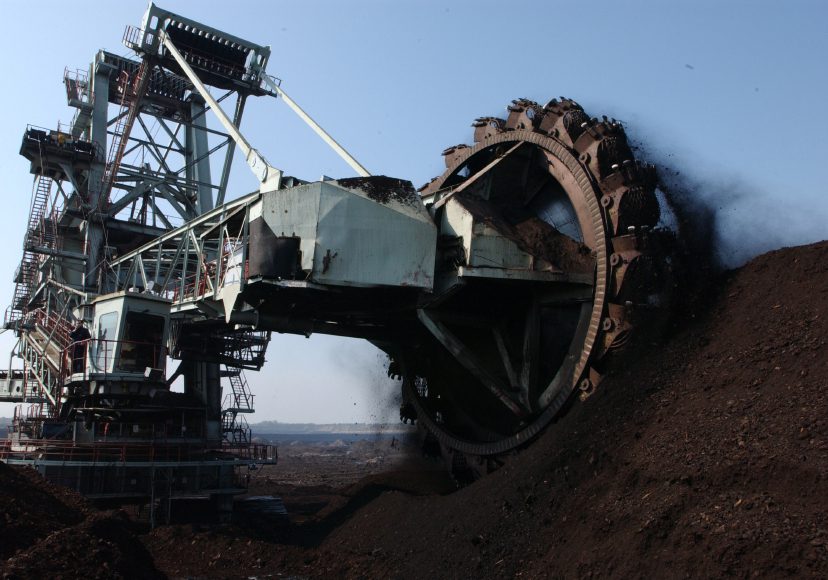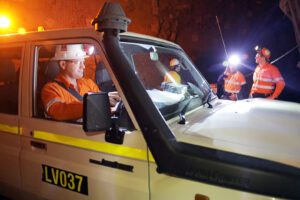The CFMEU has raised concerns that health professionals assigned to review lung x-rays of the mining workforce are not qualified for the task, amidst division between the claims of Government and the relevant health ‘college’.
The Chief Inspector of Coal Mines told workers in December that radiologists in Queensland are trained to the required standards, and wrote to workers to that affect.
Understandably, workers are relying on this advice as they search for a medical practitioner who can test them for Black Lung disease. However, the CFMEU has said, in correspondence to its own members, the Royal Australian and New Zealand College of Radiologists has made clear that only a fraction of local radiologists are qualified, setting out four key criteria.
“Radiologists should only report on screening chest radiographs for CWP if they have experience in reporting screening radiographs for pneumoconiosis, are familiar with the ILO Classification, are willing to report using the Classification and have sufficient caseload of referrals to maintain their competence in this area.”
CFMEU Mining and Energy District President Steve Smyth said confusion in the past has put peoples lives at risk and authorities now need to embrace “the whole ugly truth”.
The questions are: Who is checking the x-rays, are they qualified and why did the Department write to workers in December stating that all Queensland radiologists are qualified to carry out checks?
“In correspondence to its own members, RANZCR has made it clear that Australian radiologists are not all qualified to identify Black Lung, nor does the college seem to know how many of their members would actually meet the rigorous requirements,” Mr Roche said.
“The RANZCR has said that a register of qualified radiologists would be available shortly and the union supports the establishment of such a register, but it must be a list of individuals qualified to the ILO standard.
“The union wants to work constructively with the government and stakeholders on this register and other policy change, but we have to be honest with each other and with mining workers and Black Lung victims because lives are at stake.
“The CFMEU is calling for a public clarification so the issue can be dealt with on the facts – which radiologists are trained to the ILO standard? Incorrect information provided to workers should be redacted and clarified, as this information is relied upon by workers seeking medical attention.
“In developing the register, the union wants to see documentation from RANZCR which confirms that the right level of training is provided to individuals on the list, and for the college to detail just what that training involves.
“And we call on the Queensland Government to outline their plan for ensuring that all x-rays are assessed against the ILO standards by a qualified B-Reader and how they will provide these assurances to workers.”
Mackay newspaper, The Daily Mercury, spoke with Queensland Resources Council chief executive Michael Roche about black lung disease last week.
Mr Roche told the publication that all companies had been “deeply concerned” by the re-emergence of the deadly disease.
“Companies are being pro-active in providing information to and discussing the situation with their workforce, offering new tests to workers, and seeking assurances from their medical test providers about the adequacy of their medical checks,” he said.
When asked how he would respond if a young person approached him about working in an underground coal mine, but was concerned about health risks, Mr Roche said dust levels are to regulation.
“Each mine has a health and safety management system that covers all aspects of a mine’s operations, including underground,” he said.
“Dust levels are actively managed, monitored and reported to the workforce according to regulation. Regular medical checks are mandatory.
“Hierarchies of control apply to manage dust risks, including use of PPE, dust sprays and removing people from areas of exposure. Every worker has the ongoing right to remove themselves from extreme personal risk situations.
“Pneumoconiosis is an outcome of high exposure over many years. As in all work or leisure activities, be aware of the risks and manage them proactively. We expect that technological developments will also continue to rollout and change how people will operate in underground mines of the future.”














Add Comment